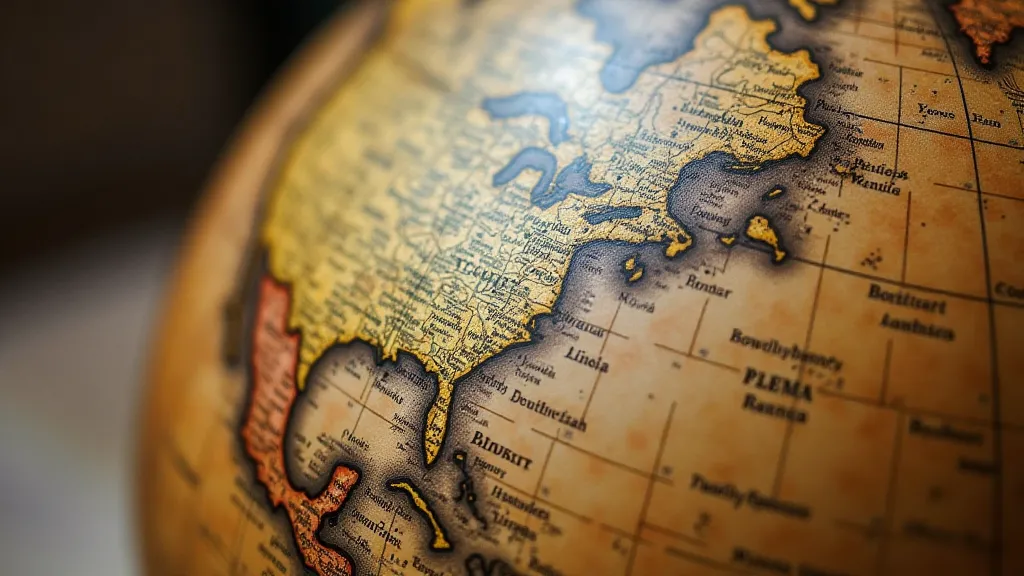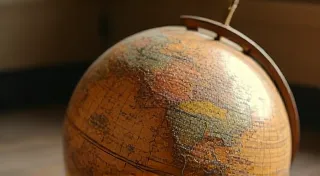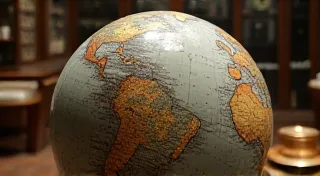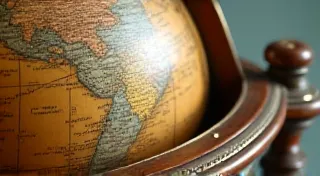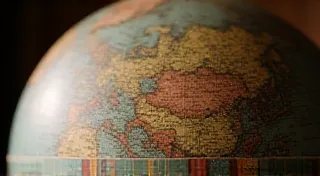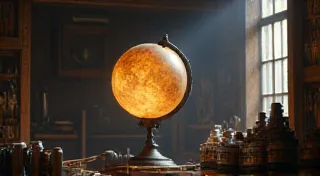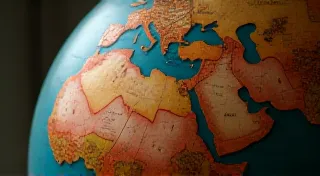Common Globe Damage: Cracking, Warping, and Discoloration
Antique globes are remarkable pieces of history, showcasing not only geographical understanding of their time but also beautiful artistry. However, their age often means they’ve endured significant wear and tear. Understanding the common types of damage is the first step towards responsible stabilization and preservation. This guide explores cracking, warping, and discoloration – three frequent issues encountered when dealing with vintage globes – and outlines approaches that prioritize minimal intervention and preservation of original materials. Recognizing the publisher of a globe can also provide valuable context when assessing its condition and potential repairs. For example, understanding the printing techniques employed by different publishers over time can inform our understanding of the degradation patterns we observe.
Cracking: The Story in the Lines
Cracking is arguably the most visible form of globe damage. These cracks can manifest in various ways:
- Paper Cracks: These are the most common, appearing as fine lines across the printed map areas. They are usually caused by changes in humidity, temperature fluctuations, and the inherent fragility of the paper. While complete eradication is impossible, preventing further cracking is key. The condition of the globe’s paper is inextricably linked to how it was printed and by whom, and certain publishers' printing processes have resulted in inherent weaknesses over time.
- Carton/Cardboard Cracking: Globes often have a cardboard or carton core supporting the map. This can crack and split due to stress, insect damage, or simply age. This core’s integrity is crucial for the globe’s structural stability and affects its overall appearance.
- Lacquer/Varnish Cracking (Craquelure): Older globes frequently have a protective layer of lacquer or varnish. This can develop a characteristic "craquelure" – a network of fine cracks – as the varnish ages and dries. This is particularly prevalent in globes produced during specific periods when particular varnishes were widely utilized.
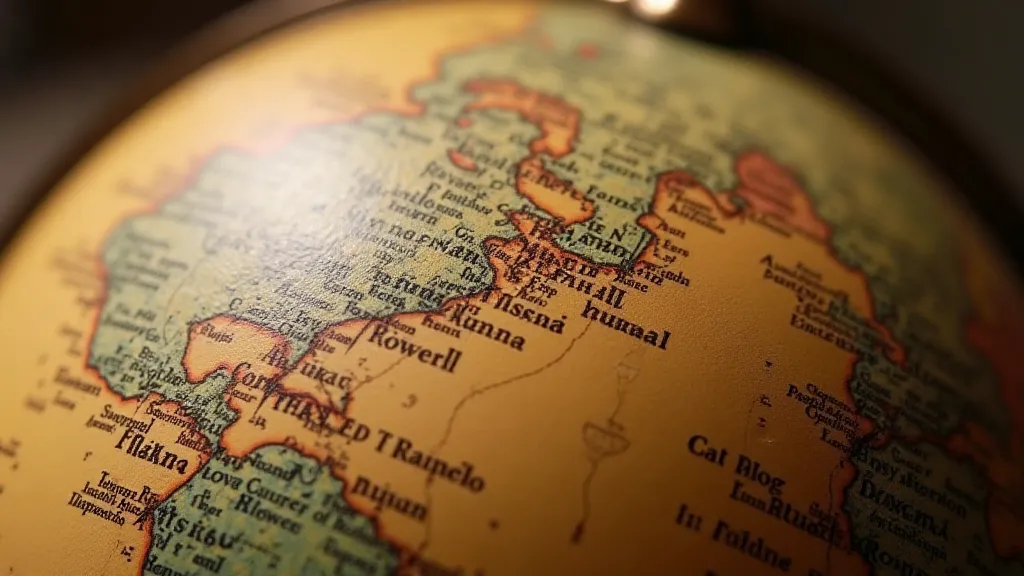
Warping: Dealing with Distortion
Warping refers to the distortion of the globe's spherical shape. This can occur due to several factors:
- Humidity: Moisture absorption is a primary culprit. Wet conditions cause the paper and cardboard to expand, leading to warping. This is especially concerning in areas with high humidity or in storage environments lacking proper climate control.
- Uneven Support: If the globe hasn't been stored or displayed properly, uneven support can cause the map to distort over time. The original stand or base plays a critical role in preventing this.
- Structural Failure: Damage to the cardboard core can lead to significant warping. This might be exacerbated by insect activity or physical impacts.
Discoloration: The Fading and Yellowing
Discoloration can significantly detract from the beauty and historical value of an antique globe. It usually manifests as:
- Yellowing: This is the most common type, caused by the breakdown of paper fibers and the oxidation of lignin (a component of wood pulp). The specific type of paper used, and the printing methods employed, all influence the rate of yellowing.
- Fading: Colors on the map can fade due to exposure to light. This can be particularly noticeable on globes depicting areas with vibrant colors, or those that were frequently displayed in direct sunlight.
- Staining: Marks from spills, dirt, or insect activity can stain the globe’s surface. These stains can be extremely difficult to remove without damaging the original map.
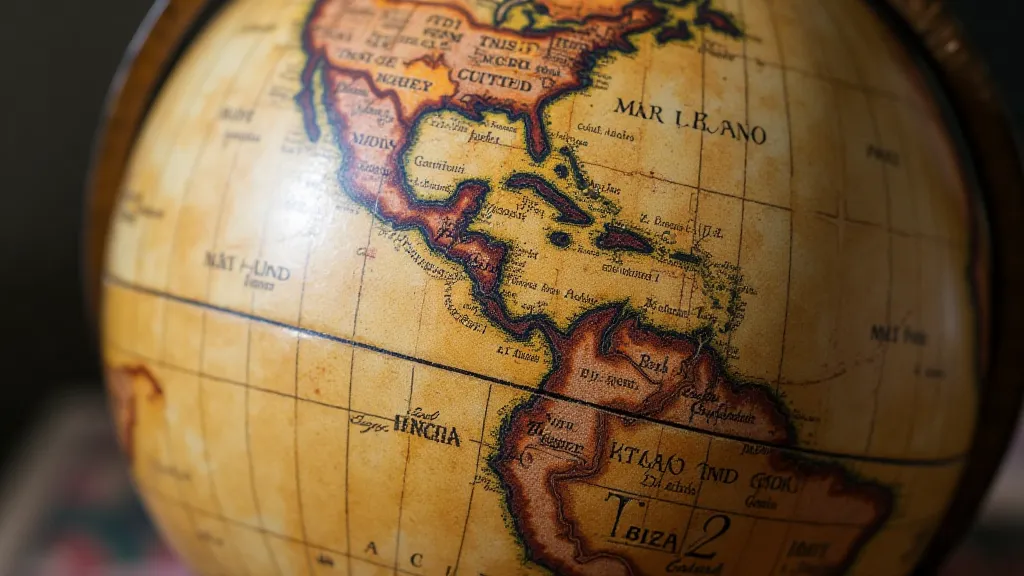
A Conservation-Focused Approach
Repairing antique globes is a delicate process. The core principle should always be minimal intervention. Attempting extensive repairs risks altering the globe’s historical integrity and potentially causing irreversible damage. Prioritize stabilization, proper storage, and preventative care. For serious damage, consult with a qualified paper conservator specializing in cartographic materials. The condition of the globe's cartography is a testament to the artistry and skill of the mapmakers and printers of the time, and preserving this legacy requires a careful and considered approach. The globe’s stand, often overlooked, is an integral part of the artifact and should be assessed and stabilized as well. Identifying the printer and publisher can sometimes illuminate the methods used, and the quality of materials. A globe’s value extends beyond its geographical information; it's a cultural artifact representing a specific moment in history. Thorough documentation of the globe’s condition, including photographs and detailed descriptions, is crucial before any conservation work is undertaken. This allows for tracking any changes over time and provides a valuable resource for future conservators. Conservation is not simply about fixing damage; it’s about preserving the globe’s story and ensuring its survival for generations to come. Careful assessment and understanding of the materials used – the paper, the inks, the varnish – are essential for developing an effective conservation strategy.
